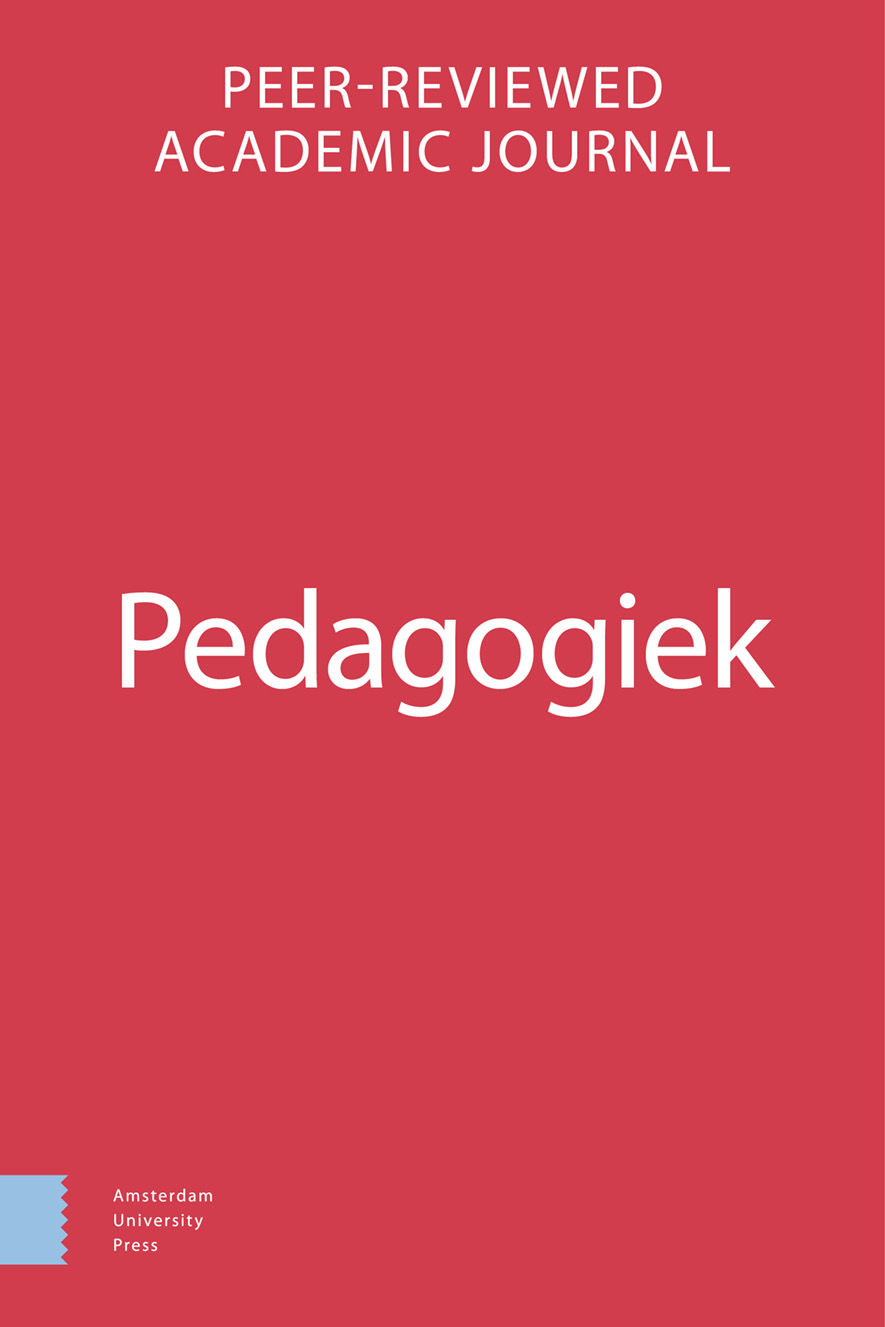-
oa Cognitieve gedragstherapie voor depressieve klachten bij jongeren in residentiële zorg met een LVB in vergelijking met normaal begaafde jongeren
Een verkennende studie naar ‘Op Volle Kracht’
- Amsterdam University Press
- Source: Pedagogiek, Volume 39, Issue 2, Sep 2019, p. 225 - 246
-
- 01 Sep 2019
Abstract
Cognitive behavioural therapy and depressive symptoms among youth with and without Mild Intellectual Disability in residential care: an exploratory study investigating ‘Op Volle Kracht’
Depression is at least as prevalent in youth with a mild intellectual disability (MID) as it is in youth without disabilities. Little is known however about the etiology and treatment of depression in this group. This paper aims to investigate the possiblities for cognitive behavioural therapy in youth with MID by (1) testing the validity of Beck’s cognitive theory and Nolen-Hoeksema’s response style theory in youth with and without a MID in residential youth care; and (2) to examine the effects of Op Volle Kracht (OVK), a CBT-based depression prevention program among youth with and without a MID in a residential treatment setting. In study 1 the relationship between negative cognitive errors (Beck), response styles (Nolen- Hoeksema) and depressive symptoms was examined in 135 adolescents (age 9-17 years) using linear regression. Study 2 was an initial cluster randomized controlled trial in which twenty residential treatment groups (including in total N=92 adolescents aged 9-17 years), half of which targeted adolescents with a MID, were randomly assigned to either treatment as usual (TAU), or a combination of TAU and the group-CBT-program Op Volle Kracht (OVK+TAU). Depressive symptoms, cognitive errors and response styles were assessed at pre-test, post-test and 3 months follow-up. The data were analyzed by mixed effects linear regression analyses with age and gender as covariates.
Results Study 1 showed that only the cognitive error ‘underestimation of the ability to cope’, and a ruminative and distractive response style predicted depressive symptoms in both youth with- and without MID. The negative cognitive error ‘underestimation of the ability to cope’ was more prevalent among youth with MID than among youth without MID. Study 2 showed that the group CBT-program OVK was effective in reducing rumination, but not in reducing depressive symptoms or cognitive errors. This effect was the same for youth with and without a MID. The main premises of Beck’s cognitive theory and Nolen-Hoeksema’s response style theory of depression are applicable to both youth with and without a MID. The cognitive error ‘underestimation of the ability to cope’ poses a specific risk factor for developing a depression for youth with a MID and may require special attention in treatment and prevention of depression. The specifically adapted program OVK did not show effectiveness in reducing symptoms of depression in youth in residential care.


